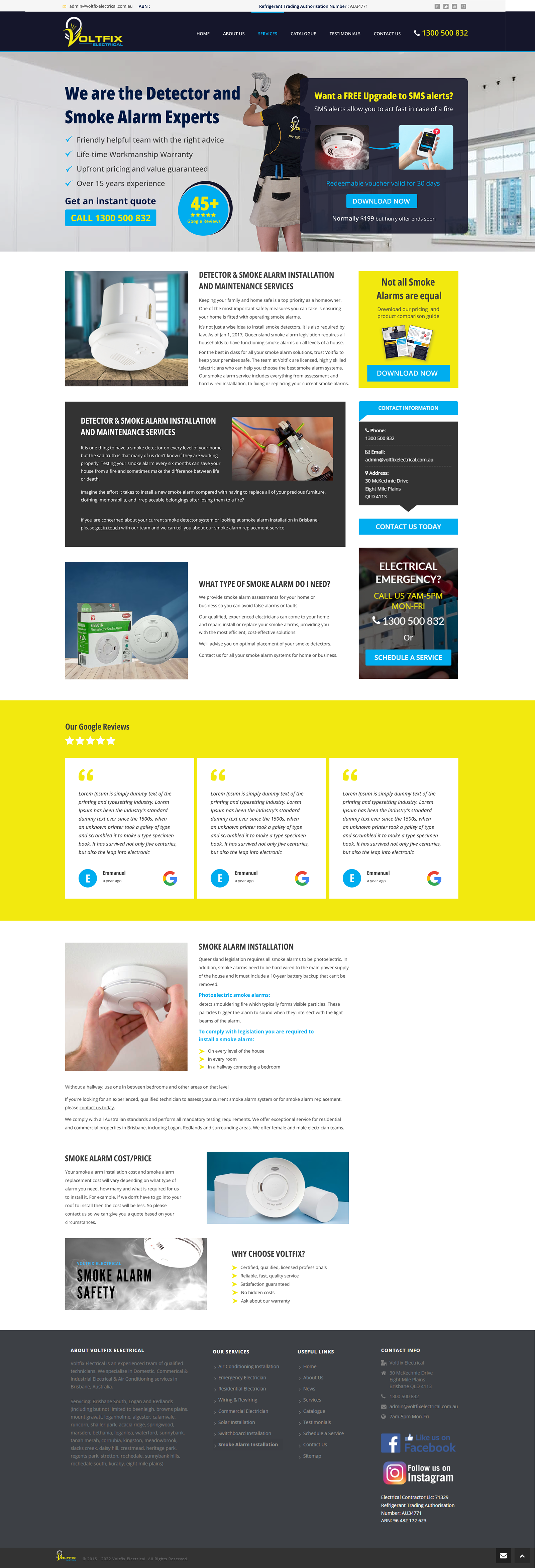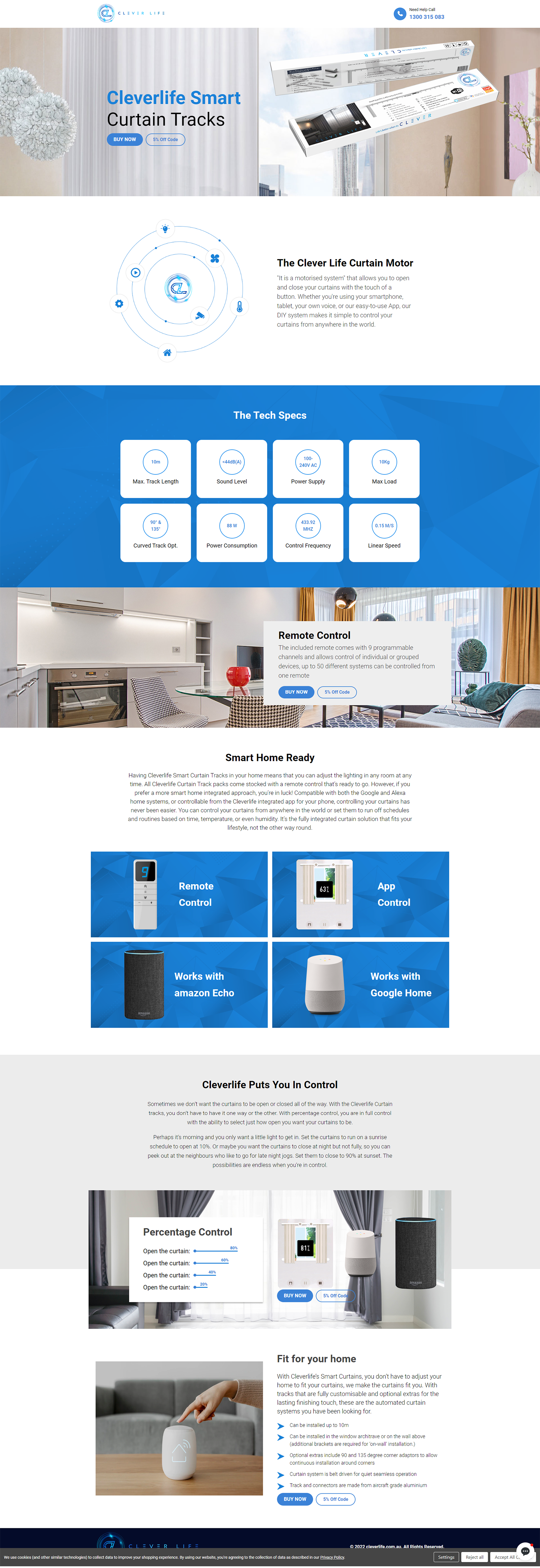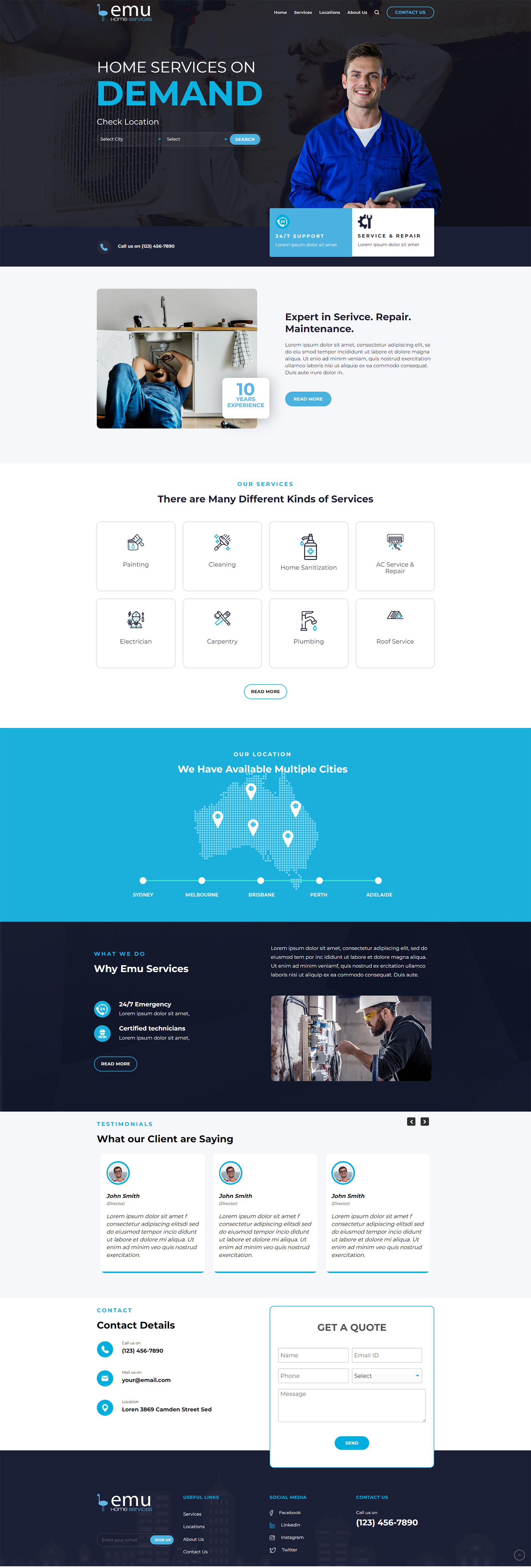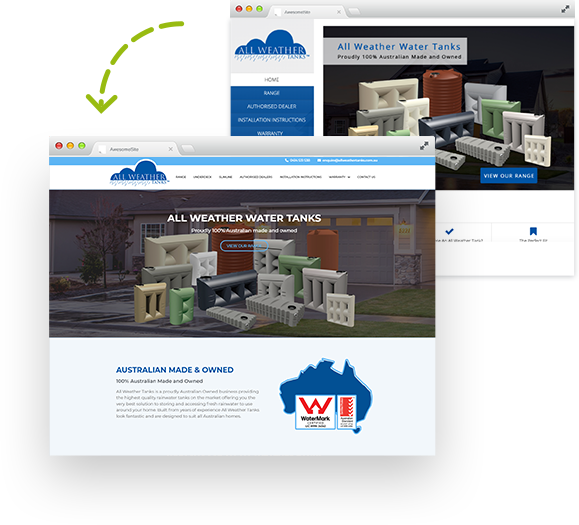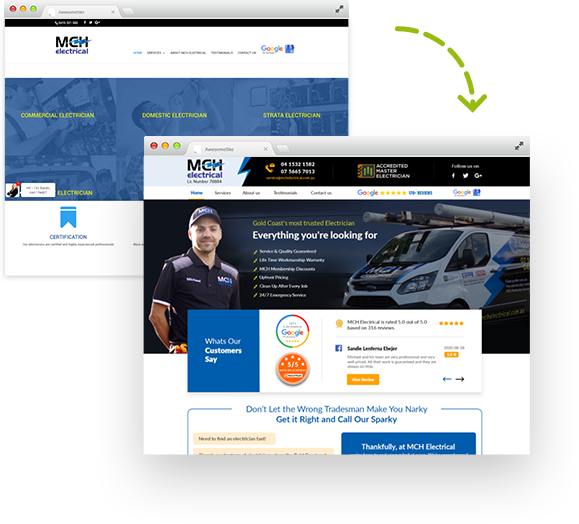Did you know that 75% of users judge a company’s credibility based on its website design? It’s a staggering statistic, highlighting just how crucial web design is for business success. In today’s digital age, your website often serves as the first impression potential customers have of your business. Therefore, it is vital to ensure that this impression is a positive one.
In this article, we will explore some of the most frequent mistakes made in web design and provide insights on how to steer clear of them in 2024. With over a decade of experience in web design and digital marketing, Kick Media has the expertise to guide you towards a successful online presence.
8 Common Web Design Mistakes to Avoid in 2024
1. Neglecting Mobile Responsiveness
In recent years, the shift towards mobile internet usage has been dramatic. Statistics indicate that over half of global web traffic originates from mobile devices. This trend underscores the necessity for websites to be mobile-friendly, as failing to cater to this audience can result in losing a significant portion of potential visitors.
Impact on User Experience: When a website is not optimised for mobile devices, it can lead to a frustrating experience for users. Elements may not display correctly, navigation might be cumbersome and the site could load slowly. These issues contribute to high bounce rates, where users leave the site almost immediately, indicating a poor user experience and potentially harming your site’s reputation and rankings.
Tips for Improvement:
- Responsive Design Techniques: Implement responsive design to ensure your website adapts seamlessly to various screen sizes. This approach uses flexible grids and layouts to create a mobile-friendly site.
- Testing on Various Devices: Regularly test your website on different devices and browsers to identify and resolve any display issues. Tools like Google’s Mobile-Friendly Test can help assess how well your site performs on mobile devices.
- Optimising Elements: Ensure that images are appropriately scaled and compressed to reduce load times. Simplify navigation menus for easier use on smaller screens and consider the touch-friendly design for interactive elements.
2. Overcomplicating Navigation
Effective navigation is essential for a positive user experience. It allows visitors to find the information they need quickly and without frustration. A well-organised site structure keeps users engaged and encourages them to explore further.
Common Navigation Mistakes:
- Complex Menus: Overly intricate menus with too many options can overwhelm users. Drop-down menus that cascade into sub-menus are particularly problematic on mobile devices.
- Hidden Links: Important links that are not immediately visible or are buried within the content can make it difficult for users to find essential information.
- Unclear Structure: Navigation that is not intuitive can leave users guessing where to find what they need, increasing the likelihood of them leaving the site.
Best Practices:
- Clear and Concise Menu Structure: Simplify your navigation by limiting the number of menu items. Group related pages under broad categories that are easy to understand.
- Descriptive Labels: Use clear, descriptive labels for menu items so users know exactly what to expect when they click.
- Accessibility: Ensure that navigation is easily accessible from all pages, typically through a consistent header or sidebar. Use breadcrumb trails to help users understand their current location within the site.
3. Ignoring SEO Principles
Integrating SEO best practices into your web design is crucial for improving your site’s visibility in search engine results. A website that ranks well can attract more organic traffic, leading to higher engagement and conversions.
Common SEO Mistakes:
- Improper Use of Headings: Headings (H1, H2, H3) should be used correctly to structure content. Misusing them can confuse search engines and harm your ranking.
- Lack of Meta Tags: Meta descriptions and title tags are vital for SEO. They provide search engines with information about your page’s content and can influence click-through rates.
- Slow Loading Times: A slow website can deter visitors and negatively impact your search engine ranking. Speed is a crucial factor in user satisfaction and SEO performance.
Optimisation Tips:
- Proper Heading Structures: Use headings to create a clear hierarchy of information. Each page should have one H1 tag, with H2 and H3 tags used for subheadings and further subdivisions.
- Include Meta Descriptions and Title Tags: Write compelling and accurate meta descriptions and title tags for each page. These should include relevant keywords and provide a brief overview of the page content.
- Improve Website Speed: Optimise images, use browser caching and minimise HTTP requests to enhance your site’s loading speed. Tools like Google PageSpeed Insights can provide actionable recommendations for improving performance.
4. Inconsistent Branding
A strong, consistent brand identity across your website builds trust and recognition. It reassures visitors that they are interacting with a professional and credible business.
Common Branding Errors:
- Inconsistent Fonts and Colours: Using different fonts and colours across various pages can create a disjointed user experience and weaken your brand identity.
- Mismatched Imagery: Images that do not align with your brand’s aesthetic or message can confuse visitors and reduce the overall impact of your branding efforts.
Branding Tips:
- Unified Colour Palette: Develop a colour scheme that reflects your brand’s personality and stick to it across all web pages. Consistent use of colours helps reinforce brand recognition.
- Consistent Fonts: Choose a set of fonts for headings, body text and other elements and use them consistently throughout your site.
- Cohesive Imagery: Select images that align with your brand’s tone and style. Use a consistent visual style, whether it’s through photography, illustrations, or graphic design elements, to create a harmonious look.
5. Slow Loading Times
Slow loading times are a significant deterrent for visitors. Research shows that if a website takes longer than three seconds to load, over half of the users will abandon it. This not only affects user satisfaction but also has a direct impact on conversion rates. A slow site can frustrate users, leading them to seek out competitors with faster, more efficient websites.
Common Causes:
- Large Image Files: High-resolution images that are not optimised can drastically slow down page load times.
- Excessive Use of Plugins: While plugins add functionality, too many can bloat your site and increase load times.
- Poor Server Performance: Hosting your site on a server with poor performance can also contribute to slow loading times, particularly during high traffic periods.
Speed Optimisation Tips:
- Compress Images: Use tools to compress image files without sacrificing quality. This reduces the file size and speeds up loading times.
- Minimise Heavy Scripts: Limit the use of heavy JavaScript and CSS files. Combine and minify these files to reduce the number of HTTP requests.
- Choose a Reliable Hosting Provider: Invest in a reputable hosting provider that offers fast server speeds and adequate resources to handle your traffic needs.
6. Poor Use of Whitespace
Whitespace, often referred to as negative space, is the empty space around elements on a page. It helps create a balanced, clean design and directs users’ focus towards key content areas. Effective use of whitespace enhances readability, making it easier for visitors to absorb and engage with your content.
Common Misuses:
- Cluttered Layouts: Overloading a page with too many elements can overwhelm visitors and make the content difficult to navigate.
- Lack of Spacing: Insufficient spacing between text, images and other elements can create a crowded and unappealing layout.
Design Tips:
- Create a Clean Layout: Use whitespace to separate different sections of your website, giving each element room to breathe. This makes your content more approachable and less intimidating.
- Highlight Important Elements: Strategic use of whitespace can draw attention to key features or calls to action, guiding users through your site more effectively.
- Enhance Readability: Ensure that there is adequate spacing between lines of text and paragraphs to improve readability and user engagement.
7. Lack of Accessibility Features
Accessibility features are crucial for ensuring that all users, including those with disabilities, can navigate and interact with your website. A site that is accessible to everyone not only broadens your audience but also demonstrates a commitment to inclusivity.
Common Accessibility Mistakes:
- Missing Alt Text: Alt text for images is essential for users who rely on screen readers. It provides a textual description of the image, making the content accessible.
- Poor Colour Contrast: Insufficient contrast between text and background colours can make content hard to read for users with visual impairments.
- Non-Descriptive Link Texts: Links that say “click here” or “read more” do not provide enough context for screen readers. Descriptive link texts improve navigation for all users.
Accessibility Improvements:
- Use Alt Text for Images: Ensure every image has descriptive alt text that accurately conveys the content of the image.
- Ensure Sufficient Colour Contrast: Use tools to check the contrast ratio between text and background colours. Aim for a ratio that meets accessibility standards.
- Write Descriptive Link Texts: Make your links descriptive, so users understand what they are clicking on. For example, “Download our accessibility guide” is more informative than “click here.”
8. Outdated Design Trends
The web design landscape is constantly evolving. Regularly updating your website’s design ensures it remains appealing and relevant to users. Staying current with design trends can also improve user experience and engagement, keeping your site competitive.
Common Outdated Trends:
- Excessive Use of Gradients: While gradients can add depth, overuse or use in outdated styles can make your site look dated.
- Flash Animations: Flash is no longer supported by most browsers and is considered outdated. It also negatively impacts SEO and accessibility.
Modern Design Tips:
- Embrace Minimalist Aesthetics: Modern design favours clean, uncluttered layouts with plenty of whitespace. This approach enhances usability and focuses attention on key content.
- Bold Typography: Use bold, modern fonts to create visual interest and improve readability. Typography can also be a key element of your brand identity.
- Interactive Elements: Incorporate interactive features like animations, hover effects and microinteractions to enhance user engagement. Ensure these elements are subtle and do not detract from the user experience.
By addressing these common web design mistakes, you can significantly enhance the user experience, improve your site’s performance and ultimately drive better results for your business.
Avoiding these common web design mistakes can significantly enhance your website’s performance and user experience. From ensuring mobile responsiveness to maintaining consistent branding, each aspect plays a vital role in creating a successful online presence.
Kick Media can help you navigate these challenges and optimise your web design for 2024 and beyond. Contact us today to learn how we can assist you in avoiding these pitfalls and achieving your digital marketing goals.










